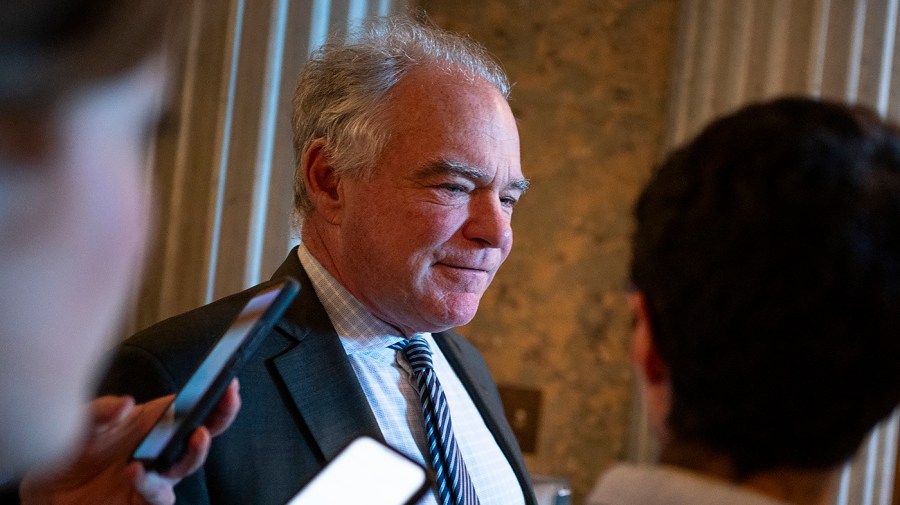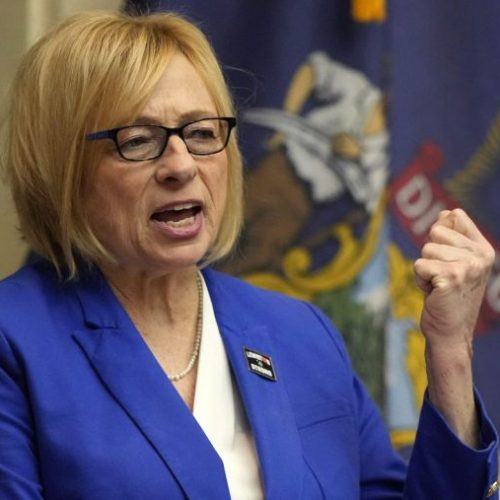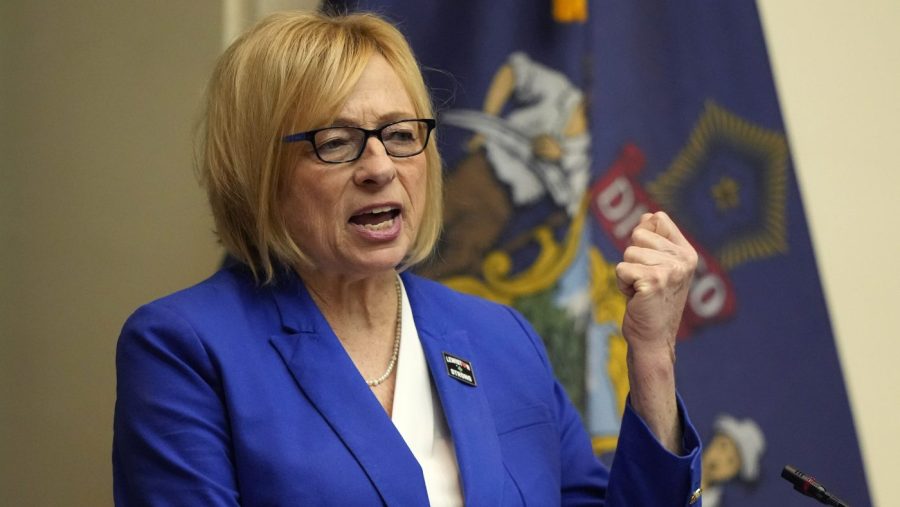Recent polls show the Democratic Party facing significant challenges in popularity, prompting Virginia Senator Tim Kaine to suggest that Democrats should look to Virginia for guidance on rebuilding public support. This comes as the party grapples with the aftermath of a difficult 2024 election cycle that saw Republicans gain control of both houses of Congress and the White House.
A Quinnipiac University survey revealed that the Democratic Party is experiencing its lowest favorability ratings since polling began in 2008, with 57% of registered voters holding an unfavorable opinion. This contrasts sharply with the Republican Party, which currently enjoys its highest favorability (43%) since 2008.
Key points from the poll:
57% unfavorable opinion of Democrats (highest since 2008)
31% favorable opinion of Democrats
43% favorable opinion of Republicans (highest since 2008)
45% unfavorable opinion of Republicans
The numbers indicate a significant shift in public perception, with Republicans now holding a 12-point favorability advantage over Democrats – the largest gap since 2008.
Senator Kaine’s suggestion to look to Virginia as a model stems from the state’s transition from a Republican stronghold to a consistently Democratic-leaning state in presidential elections. He points to the importance of engaging with voters across various demographics and regions, as demonstrated in his recent campaign efforts.
However, the situation in Virginia itself is complex. A recent Commonwealth Poll shows a competitive race for the 2025 gubernatorial election, with Democratic candidate Abigail Spanberger leading Republican Winsome Earle-Sears by 44% to 34%. This lead, while significant, could be impacted by various factors, including the consolidation of Republican support behind Earle-Sears.
The broader national context reveals deep-seated challenges for Democrats:
1. Demographic shifts: Population growth in Republican-leaning states like Texas and Florida, contrasted with population decline in traditionally Democratic states like California, Illinois, and New York, may lead to a redistribution of House seats and Electoral College votes favoring Republicans.
2. Working-class support: Democrats are losing ground among working-class voters, including non-white working-class voters, a trend that has accelerated in recent years.
3. Educational divide: There’s a growing partisan split based on educational attainment, with college-educated voters increasingly supporting Democrats while non-college-educated voters lean Republican.
4. Geographical challenges: Democrats face difficulties in expanding their competitiveness beyond their current strongholds, with many red states showing margins of victory exceeding 10 points in the 2024 election.
These trends suggest that Democrats need to reassess their strategy and messaging to rebuild a broad coalition of support. Some potential areas of focus include:
Addressing economic concerns and cost of living issues, which remain top priorities for voters across party lines.
Developing policies and messaging that resonate with working-class voters of all backgrounds.
Expanding outreach efforts in swing states and traditionally Republican-leaning areas.
Focusing on issues that have broad appeal across educational and demographic lines.
As the political landscape continues to evolve, both parties will need to adapt their strategies to build sustainable majorities. For Democrats, the challenge lies in reconnecting with voters who have drifted away while maintaining their current base of support.









